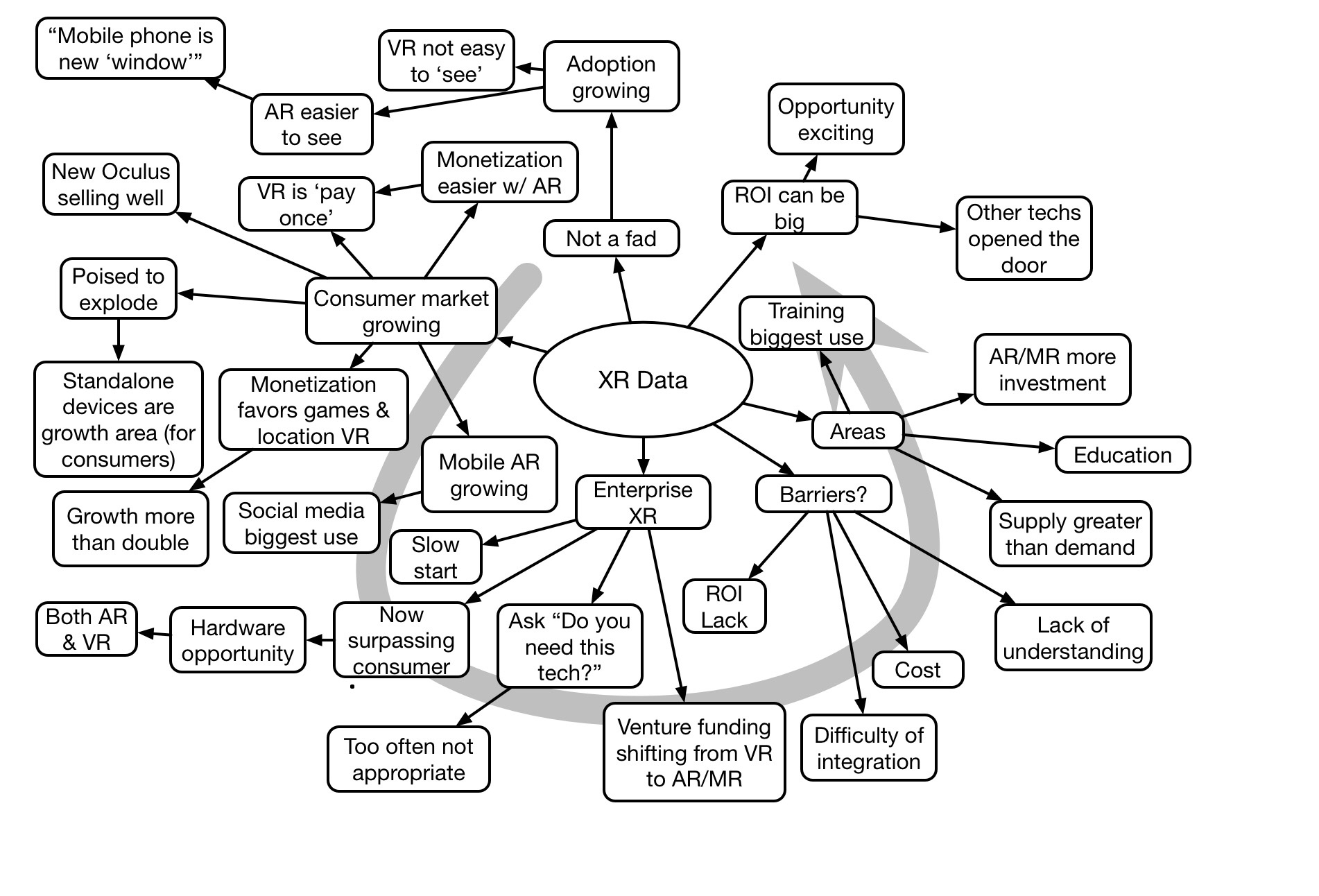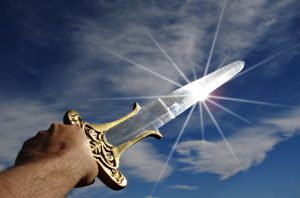Stephanie Llamas kicked off the Realities 360 conference by providing an overview of VR & AR industry. As a market researcher, she made the case for both VR and AR/MR. With trend data and analysis she made a case for growth and real uses. She also suggested that you need to use it correctly. (Hence my talk later this day.)


